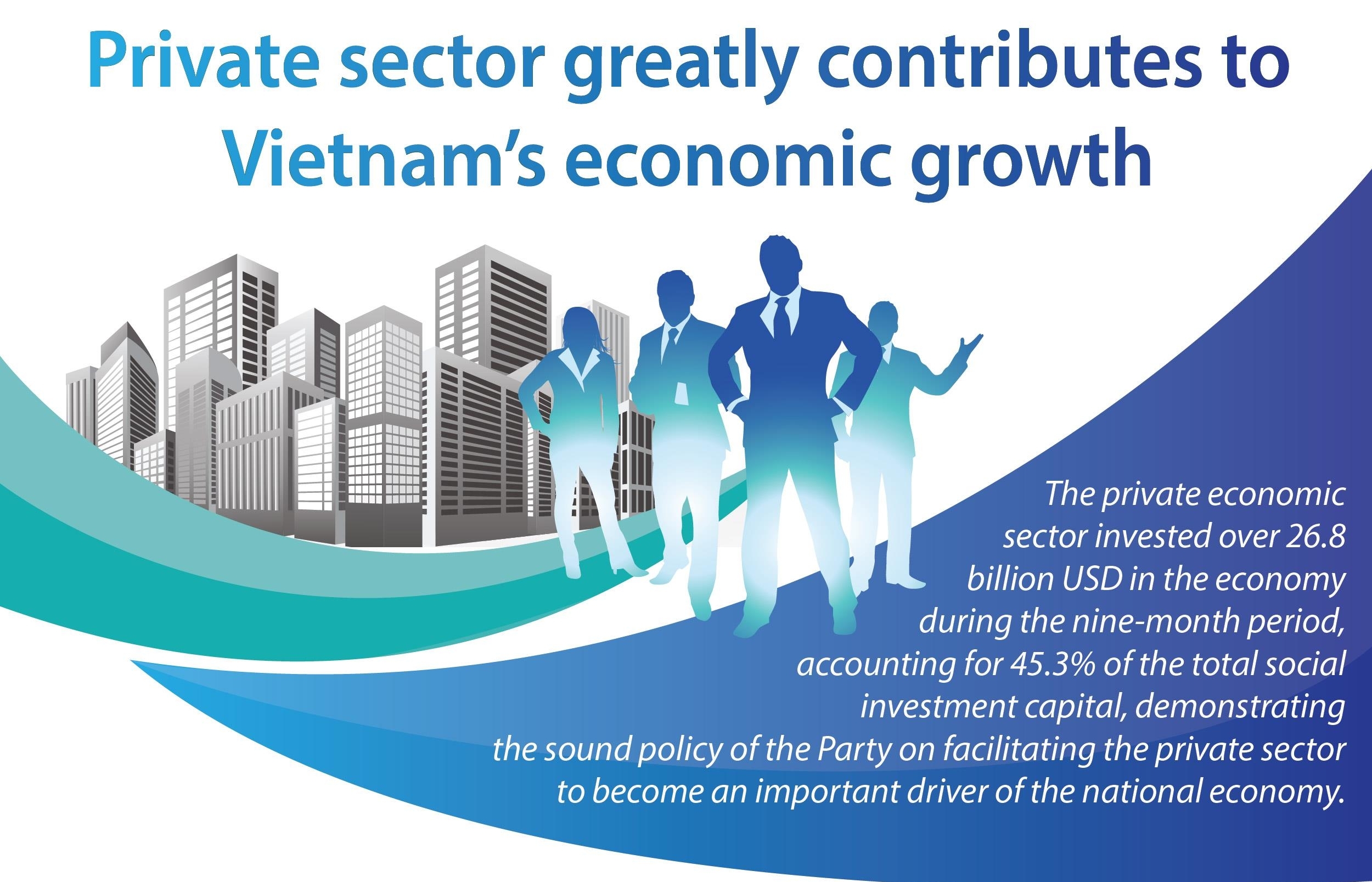
What can Ethiopia learn from Vietnam’s economic performance?
What can Ethiopia learn from Vietnam’s economic performance?
Just 20 or 30 years ago, Vietnam was one of the poorest countries in the world. Today, it is one of the best illustrations of the economic miracle. Vietnam displays steady economic and social growth. It enjoys a visible presence across different global trade markets. In fact, it is neither appropriate nor correct to describe Vietnam as a miracle. The economic change it has endured was a logical product of a series of economic and political reforms. Ethiopia is also called an African miracle, being one of the fastest-growing countries in the African continent. It can still learn from Vietnam the benefits of systemic, gradual, step-by-step changes that are implemented as part of a single, cohesive and comprehensive socioeconomic framework (or policy).
Vietnam…for millions of people across the world, the name of this country is closely associated with war. The youngest generation may not know the details. However, many older people remember the political tensions that forced the United States into entering Vietnam. Today, it is a peaceful country located in one of the beautiful places on the planet. It is also home to one of the greatest Asian economic miracles, which has a perfect policy explanation.
It is not a secret that Vietnam used to be one of the poorest countries of the globe. Just a few decades ago, its people were struggling to provide for their most basic needs. Today, Vietnam is taking the lead among other Asian giants with consistent GDP growth annually and a highly competitive economy. Someone would say that it is a miracle that Vietnam was able to overcome its economic problems. In reality, it was due to a series of systematic, well-organized policy steps that made Vietnam so successful in a short and medium perspective. In this sense, three things are notable. Firstly, it is liberalization of trade relationships with foreign countries. Vietnam was quick to embrace the advantages of globalization and cross-border trade when it entered the most salient global trade agreements such as the ASEAN, Hart states. Coupled with liberalization was the decision to open Vietnam’s borders to foreign investors, who could not lose a chance to succeed in this lucrative market. Foreign investments brought enormous resources and opportunities, which ultimately translated into unprecedented economic and social changes in the country.
Secondly, Vietnam engaged in a series of profound changes domestically. Some of those changes included deregulation and infrastructure development. Those changes created a pro-business and pro-investment climate. Vietnam was quite successful reducing its bureaucracy to ease investors’ access to its resources. Thirdly, the country launched a whole set of reforms to enrich its human resources and domestic infrastructure. Primary education became one of the primary reform targets for Vietnam, Peter Vanham states. With those changes at hand, the country quickly moved up the global GDP ladder. Today, it is one of the fastest growing economies in Asia.
Ethiopia can learn several things from Vietnam. First, the success of economic change always depends on the systemic character of reforms. Ethiopia is one of the fastest growing African economies, and any reforms implemented to promote its growth and development should be suitable for its context and available resources. A successful reform is not an occasional effort. It is a slow and gradual movement toward the desired goals. Second, Vietnam has been a step ahead of other countries in terms of market liberalization and global trade opportunities. Ethiopia can follow the same path, using its diaspora around the global and following globalization trends to expand its presence across foreign markets. However, to enter foreign markets and attract foreign investors, Ethiopia should reform its economic, social, infrastructural, and legal base. Basically, Ethiopia should make a bold step to reduce its bureaucracy and eliminate barriers to foreign investment and entrepreneurship, the way it was done in Vietnam.
Third, for Ethiopia to become as successful as Vietnam, it should develop a strategic concept of its economic and social evolution. All changes implemented in Ethiopia should take place as part of a single, cohesive and comprehensive socioeconomic framework. These policies should reflect the historical values and expectations of its people. Ethiopia needs a strategic goal, much like Vietnam needed one as it was recovering during the post-war years. Without such a goal, any efforts to reform Ethiopia’s economy will not bring any sustainable results. Ethiopia can learn a lot from Vietnam, and its lessons can become a framework for achieving better economic results in future.
All in all, Vietnam is not an economic miracle. It owes its success to a well-designed and well-developed economic policy, and a set of reforms to create a friendlier and less bureaucratic climate. Ethiopia can learn a few lessons from Vietnam, from its decisiveness in reforming domestic bureaucracy to its readiness to embrace the advantages of globalization and international trade. Vietnam may not be new in the methods and strategies it used to improve its economy. However, everything that was done in the country during the post-war years reflected Vietnam’s commitment to the principles of the market economy. Ethiopia needs a strategic goal and strategic orientation to know how to move forward. It needs a concept that will define the nature and complexity of its reforms in the near future.
Ed.’s Note: Samuel Alemu is a partner at the ILBSG, LLP. His partner at the ILBSG, LLP, Praveen C. Medikundam, contributed to this article. They are both admitted to the bar associations of New York State, United States Tax Court, and the United States Court of International Trade. Samuel can be reached at salemu@gmail.com
Contributed by Samuel Alemu
Note: released first on Reporter English
